
AC Teams Announced
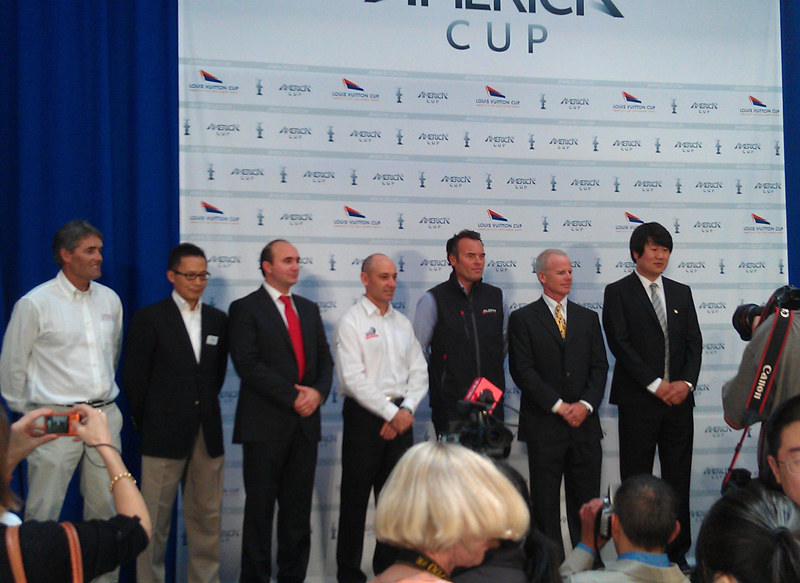
© Latitude 38 Media, LLC
Anyone hoping for a surprise at today’s announcement of the team slate for the 34th America’s Cup was probably disappointed. None of the "undisclosed" teams were able to cross the threshold into becoming America’s Cup challengers, so the lineup is pretty much unchanged from what’s already been announced. This morning, Challenger of Record Artemis Racing was joined on the Ferry Building’s mezzanine by China Team, Aleph Equipe de France, Emirates Team New Zealand, Venezia Challenge, Energy Team and Team Korea — a total of seven.
Although America’s Cup Race Management was undoubtedly looking for more challengers, the provincialists out there who’ve been hoping that the 34th Cup would fall flat must be disappointed. The participation of both China and Korea should prove to be a huge boost to the Cup.
There were some other key announcements at the press conference, notably that the 136 containers required to transport the America’s Cup World Series road show around the world will make their way to San Diego November 12-20. See the official event site for additional info.
Nav Beacons Destroyed in Turf War
The U.S. government has sent its military on some questionable adventures in recent decades, but none so bizarre as the current turf war between Fiji and the Kingdom of Tonga over two tiny submerged atolls called the Minerva Reefs.
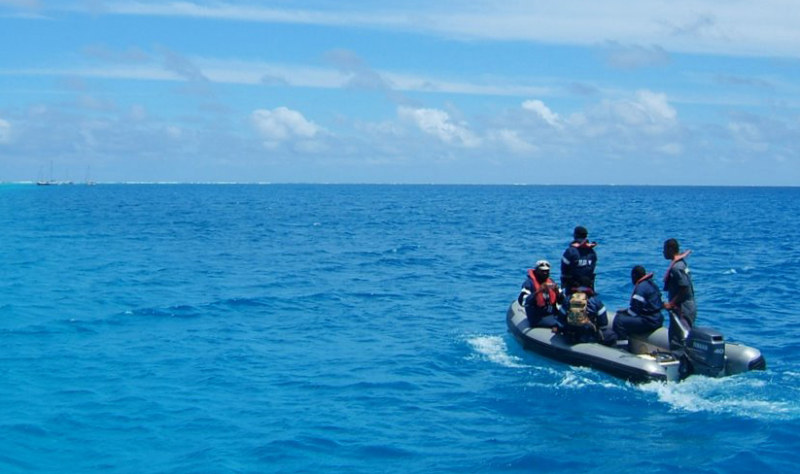
Although no shots have been fired yet, nor blood spilled, the conflict has recently evolved beyond mere political posturing — so much so that cruising sailors are being advised to avoid the area, which has traditionally served as a well-protected rest stop on the route to or from New Zealand. According to sources within the Pacific Basin, Fijian Navy personnel destroyed navigational beacons last week at the entrance to North Minerva that had been installed by Tonga. A similar episode took place last year, and Tonga replaced the beacons. But this time observers say the two countries narrowly avoided military conflict, and additional Fijian naval assets have reportedly been sent to the atolls.
The dispute has been going on for years, but sources say never before have the two nations been so close to a possible military confrontation. Although the atolls are essentially uninhabitable — all land areas of the fringing reefs are submerged at high tide — Tonga first laid claim to the atolls in 1972, in answer to an attempt by Las Vegas real estate mogul Michael Oliver to establish a libertarian society there. (We’re not making this up.) Since then, Fiji’s military government has made it clear that it does not recognize Tonga’s sovereignty over the reefs. In 2005 Fiji lodged a formal complaint about the issue with the International Seabed Authority, asserting that the Minerva Reefs lie inside Fiji’s exclusive economic zone.
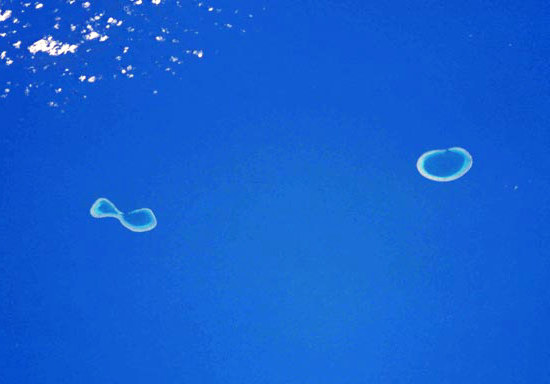
But why all the fuss now? Some Pacific-watchers speculate that Fiji’s current aggressive attitude may have been fueled by Tonga’s refusal to extradite the Fijian fugitive Colonel Roko Ului Mara, an ex-soldier who had been arrested and charged with sedition against the military dictatorship of Fijian Commodore Voreqe Bainimarama, but escaped to Tonga where he was welcomed. Ironically, Fiji was more democratic than Tonga prior to the ’06 coup that elevated Bainimarama to power. But today, while Fiji’s democratic institutions appear to be in a steady decline, Tonga’s traditional monarchy has extended a stronger political voice than ever to its citizenry.
2010 Boating Stats Released
The U.S. Coast Guard have released their recreational boating statistics for 2010, which is always an illuminating read. For example, take a guess which month had the highest percentage of fatal accidents. Did you say July or August? You’d be wrong. According to the report, March, February and November had the highest percentages of fatal accidents — 26%, 25% and 22% respectively — while June through August had the lowest at 9% each. Ironically, July had the second highest number of fatalities, 118, but it also had the highest number of non-fatal accidents at 1,023.
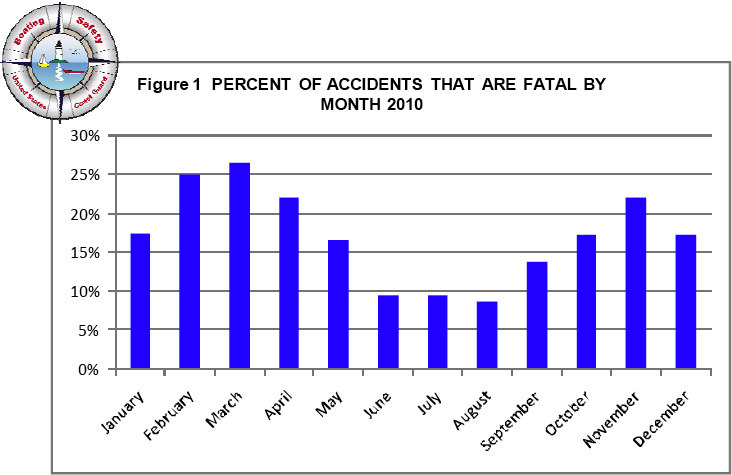
But most of the statistics in the report were fairly unsurprising: Nearly half of the 672 fatal accidents last year occurred on open motorboats (325) — sailboats had only 23 — and boats that were under 26 feet (584); drowning was the most common cause of death (484; 395 of them were not wearing PFDs) and alcohol use was the most common contributing factor in fatal accidents (126); and 84% of all fatal accidents happened on boats operated by someone who had no boating instruction.
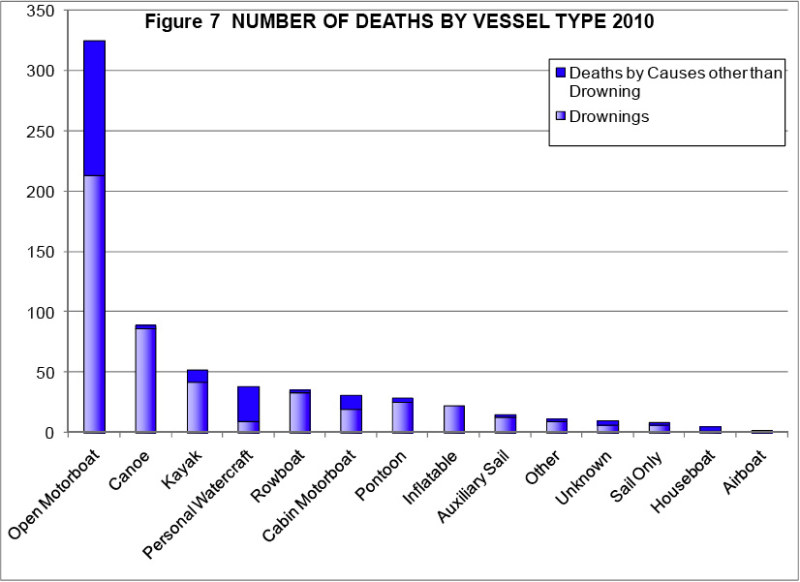
Here’s the executive summary of the report:
In 2010, the Coast Guard counted 4604 accidents that involved 672 deaths,
3153 injuries and approximately $35.5 million dollars of damage to property as a
result of recreational boating accidents.
• The fatality rate was 5.4 deaths per 100,000 registered recreational vessels. This rate represents a 6.9% decrease from last year’s fatality rate of 5.8 deaths per 100,000 registered recreational vessels.
• Compared to 2009, the number of accidents decreased 2.66%, the number of deaths decreased 8.70% and the number of injuries decreased 6.10%.
• Almost three-fourths of all fatal boating accident victims drowned, and of those,
88% were not reported as wearing a life jacket.
• Only 9% of deaths occurred on boats where the operator had received boating safety instruction. Only 6% of deaths occurred on vessels where the operator had received boating safety instruction from a NASBLA-approved course provider.
• Eight out of every ten boaters who drowned were using vessels less than 21 feet in length.
• Operator inattention, improper lookout, operator inexperience, excessive speed, and alcohol rank as the top five primary contributing factors in accidents.
• Alcohol use is the leading contributing factor in fatal boating accidents; it was listed as the leading factor in 19% of the deaths.
• Twenty-one children under age thirteen lost their lives while boating in 2010. 42% of the children who died in 2010 died from drowning. 44% of those who drowned were wearing a life jacket even though only half of them were required to do so by state law.
• The most common types of vessels involved in reported accidents were open motorboats (46%), personal watercraft (20%), and cabin motorboats (14%).
• The 12,438,926 recreational vessels registered by the states in 2010 represent a 2.2% decrease from last year when 12,721,541 recreational vessels were registered.
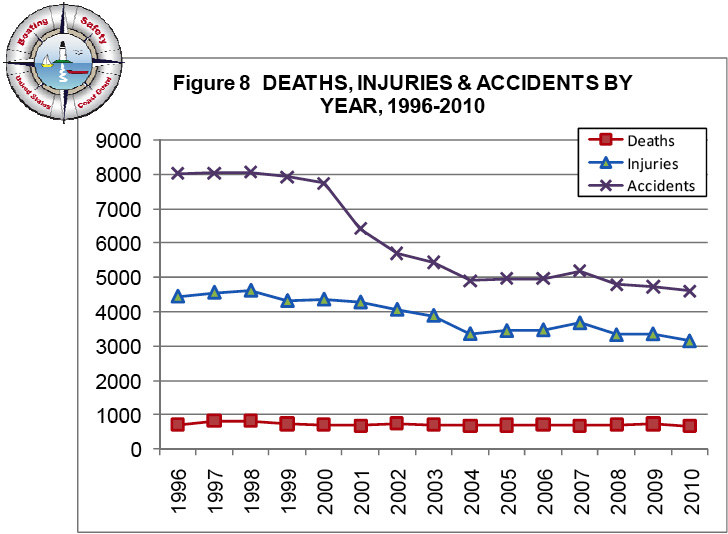
Of course reports like these don’t expound theories on why some boats are safer than others, so we’d like to hear your opinions on why sailboats have so many fewer fatal accidents. Is it simply that there are so many more registered powerboats than sailboats — 11.5 million to 260,000? Is it a matter of ‘speed kills’? Or does sailing require more education by its participants, thus making them inherently safer boaters?
